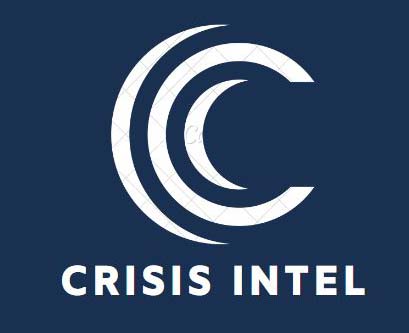Risk Assessment and Mitigation
Risk assessment and mitigation play a crucial role in emergency management by identifying potential hazards, evaluating vulnerabilities, and implementing measures to reduce risks. Here are the key aspects:
Identifying Potential Hazards and Vulnerabilities:
Identifying potential hazards and vulnerabilities is the first step in risk assessment. It involves:
- Conducting a comprehensive analysis of the local environment to identify natural, technological, and human-made hazards.
- Mapping the geographical distribution of hazards and vulnerabilities to understand the potential impact on communities, critical infrastructure, and the environment.
- Considering historical data, scientific studies, and expert opinions to assess the likelihood and frequency of different hazards occurring in the area.
- Identifying vulnerable populations, such as elderly individuals, people with disabilities, or socioeconomically disadvantaged groups, who may be more susceptible to the effects of hazards.


Risk Analysis and Evaluation Techniques:
Risk analysis and evaluation involve assessing the severity of potential risks and their potential consequences. This includes:
- Quantitative and qualitative assessment methods to estimate the probability and impact of different hazards.
- Analyzing the potential economic, environmental, and social consequences of each hazard to prioritize mitigation efforts.
- Considering cascading effects and interdependencies among different hazards and critical infrastructure.
- Utilizing tools such as hazard mapping, vulnerability assessments, and scenario-based simulations to evaluate risks.
- Engaging experts, stakeholders, and the community in the evaluation process to gather diverse perspectives.
Implementing Mitigation Measures:
Mitigation aims to reduce or eliminate risks and vulnerabilities through proactive measures. Key aspects include:
- Developing and implementing risk reduction strategies, such as land-use planning, zoning regulations, or building codes.
- Incorporating nature-based solutions, such as green infrastructure or ecosystem restoration, to enhance resilience and reduce the impact of hazards.
- Encouraging community education and awareness programs to promote risk reduction behaviors and preparedness.
- Engaging in infrastructure improvements, retrofitting, or reinforcement to withstand potential hazards.
- Enhancing early warning systems and communication networks to provide timely alerts and guidance to the public.
- Collaborating with stakeholders, including government agencies, private sector organizations, and community groups, to ensure a coordinated approach to mitigation efforts.

